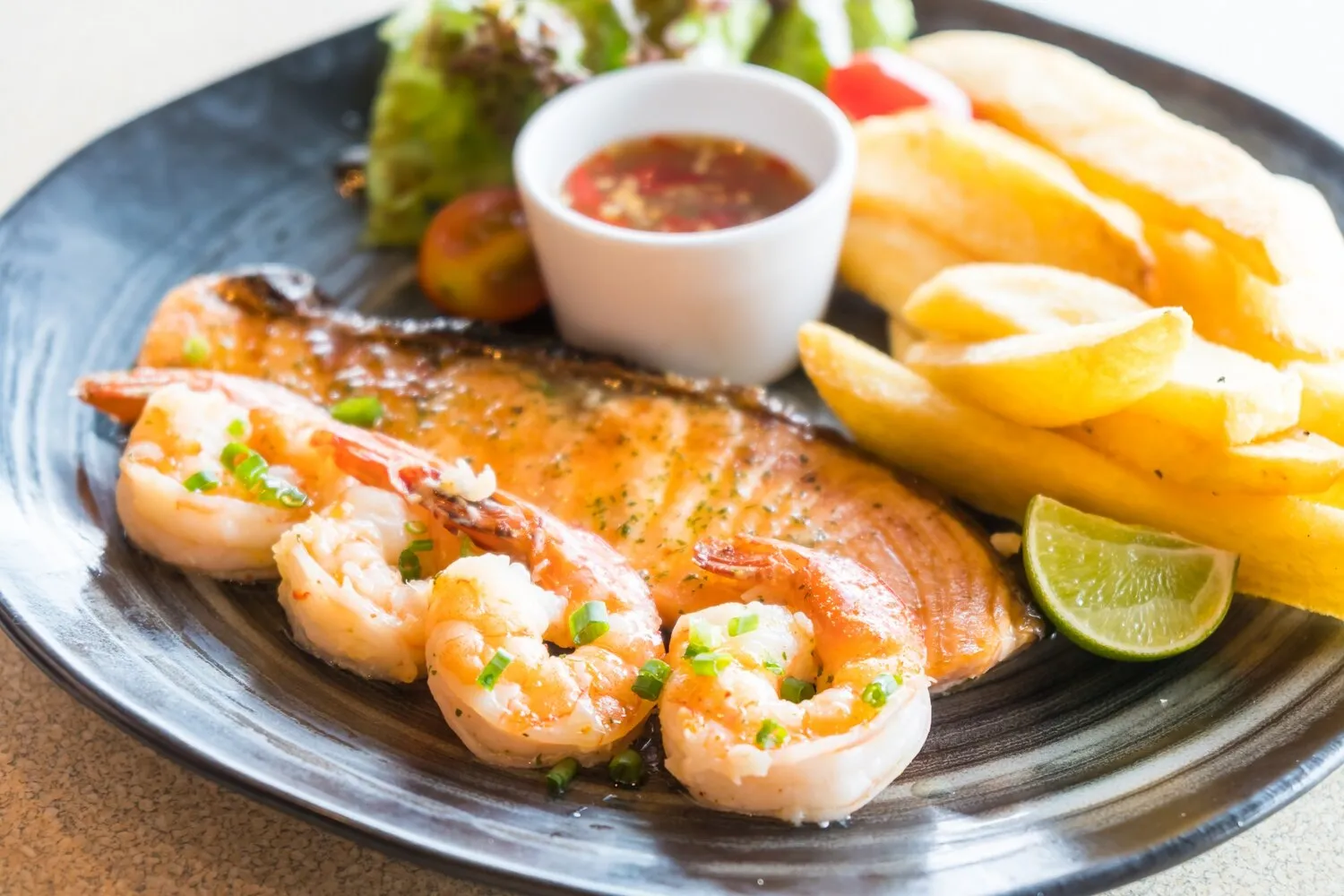
Peking Duck (Two Courses)
Crispy-skinned Peking duck served in two courses; typically, the skin is served with pancakes, and the remaining meat is stir-fried or made into soup.
Nutrition Facts
* The % Daily Value (DV) tells you how much a nutrient in a serving of food contributes to a daily diet. 2,000 calories a day is used for general nutrition advice.
Kam Ding Seafood Restaurant
Peking Duck's origins trace back to the Yuan Dynasty (1271-1368), where it was initially prepared for the imperial court. The dish evolved during the Ming Dynasty (1368-1644), becoming a symbol of culinary excellence and prestige. The imperial chefs refined the roasting techniques and presentation, solidifying its place as a cornerstone of Beijing cuisine.
Peking Duck is more than just a meal; it's a culinary experience and a symbol of Beijing's rich history and culture. It's often enjoyed during special occasions and celebrations, representing hospitality and a shared dining experience.
Symbol of Prestige
Historically served to emperors, Peking Duck retains a sense of prestige and is often associated with special events and high-end dining.
Communal Dining
The preparation and serving of Peking Duck often involves a communal dining experience, with the chef carving the duck tableside and the diners assembling their own pancakes.
Culinary Art
The precise preparation and presentation of Peking Duck are considered an art form, requiring years of training and expertise.
Peking Duck boasts a complex interplay of flavors: savory, sweet, and fatty, balanced by the freshness of scallions and cucumbers, and the tangy richness of hoisin sauce. The crispy skin offers a textural contrast to the tender duck meat.
The duck's skin is the star, meticulously prepared to achieve ultimate crispness. It's rich and fatty, offering a satisfying crunch. The meat is tender and succulent, often marinated with a blend of spices. Hoisin sauce provides a sweet and savory element with a hint of fermented soybean flavor. Scallions and cucumbers add a refreshing bite, cutting through the richness of the duck. The thin pancakes are neutral in flavor, acting as a vehicle to bring all the elements together.
Skin Crispness
The key to exceptional Peking Duck is achieving ultra-crispy skin. Air-drying the duck before roasting is crucial for drawing out moisture and ensuring a crackling texture.
Hoisin Sauce Quality
Opt for high-quality hoisin sauce with a balanced sweet and savory flavor profile. Some prefer to add a touch of plum sauce or sesame oil for added complexity.
Pancake Warmth
Keep the pancakes warm and pliable by steaming them or warming them in a bamboo steamer just before serving.
Enjoy Immediately
Peking Duck is best enjoyed immediately after carving to ensure the skin remains crisp and the meat is succulent.
Explore additional Cantonese dishes and restaurants
Explore CantoneseDiscover top dining spots and culinary experiences in Coquitlam.
Explore CoquitlamLearn more about the food culture, restaurant scene, and culinary heritage of Canada.
Explore Canada